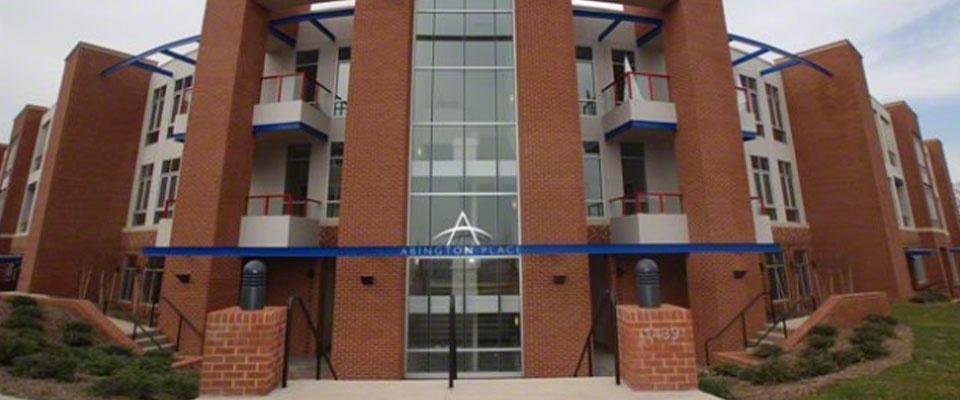Mixed use development is often seen as too risky by many developers and lending institutions. This is mostly because economic success is dependent upon many different uses all remaining in business. Applications for mixed use financing are most often turned down by banks, in regards to the unpredictable economic return, and this is especially true when governmental support and subsidies are uncertain, or too expensive or time consuming to obtain. Luckily, CRELender has the experience required for mixed use property, and is able to connect you with all options available to your project.
Many people don’t realize that they will need a commercial loan to buy a mixed use property, even on occasions where the majority of the income produced is from the residential section of the property. As long as the property has some component of commercially zoned property then the buyer who requires financing will have to apply for and qualify for a commercial loan. For cases in need of mixed use and other commercial financing, CRELender is pleased to provide borrowers with fast flexible financing options. Mixed use space is perfect for someone looking to either start and or downsize their existing business, and ideal for the sole practitioner. Though challenges can typically include fire separations, sound attenuation, ventilation, and egresses. There may even times be an increased face cost due to increased foot traffic for neighboring businesses in the complex.
Generally, mixed-used developments require long-term perspective, especially when trying to do them on a large scale. Construction costs for mixed-use development currently exceed those for similar sized, single-use buildings. Although, depending on how the businesses function in the context of everything around the property, sometimes governmental financial incentives are available. Other times government agencies may include non-monetary incentives to encourage mixed-use, such as an increase of the floor area ratio in the downtown zone for including a residential element. In many cases, financial incentives such as tax breaks and bond financing are required to jump-start mixed-use development projects.
Local and state governments have become increasingly supportive of mixed use continuation and development. These centers lower automobile dependency, and are often created near established transit areas, or sometimes created to improve existing transit systems. Mixed use neighborhoods are often cultivated to aide increasing density, reduce the number of vehicles, and create localized employment. Some even provide a greater variety of housing types within the urban growth boundary.





